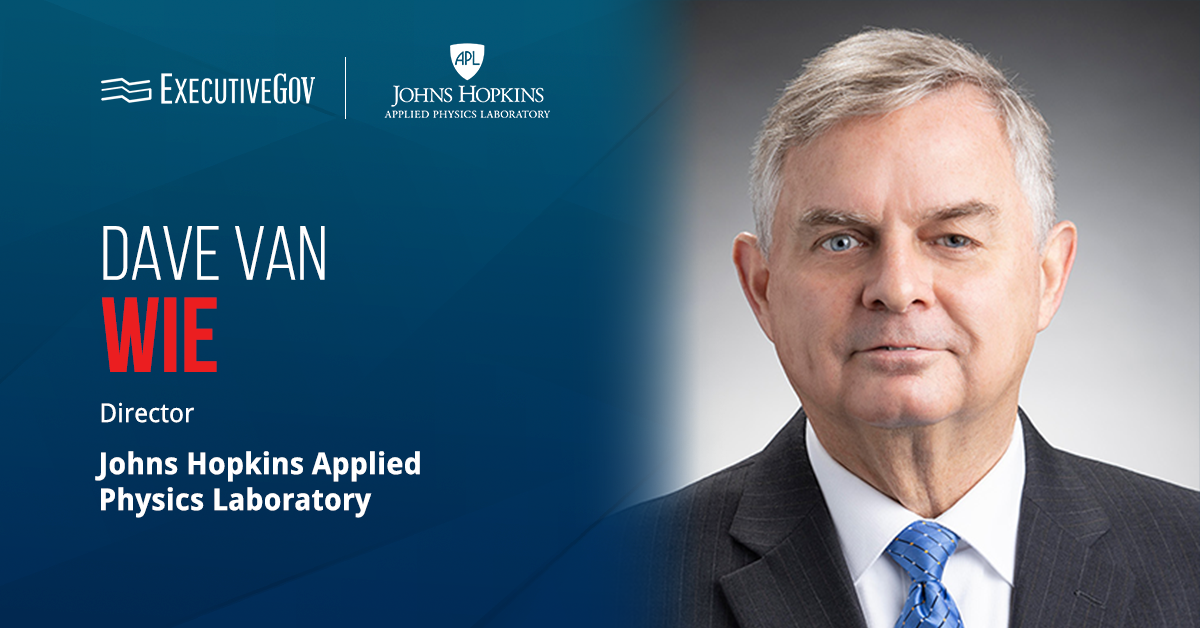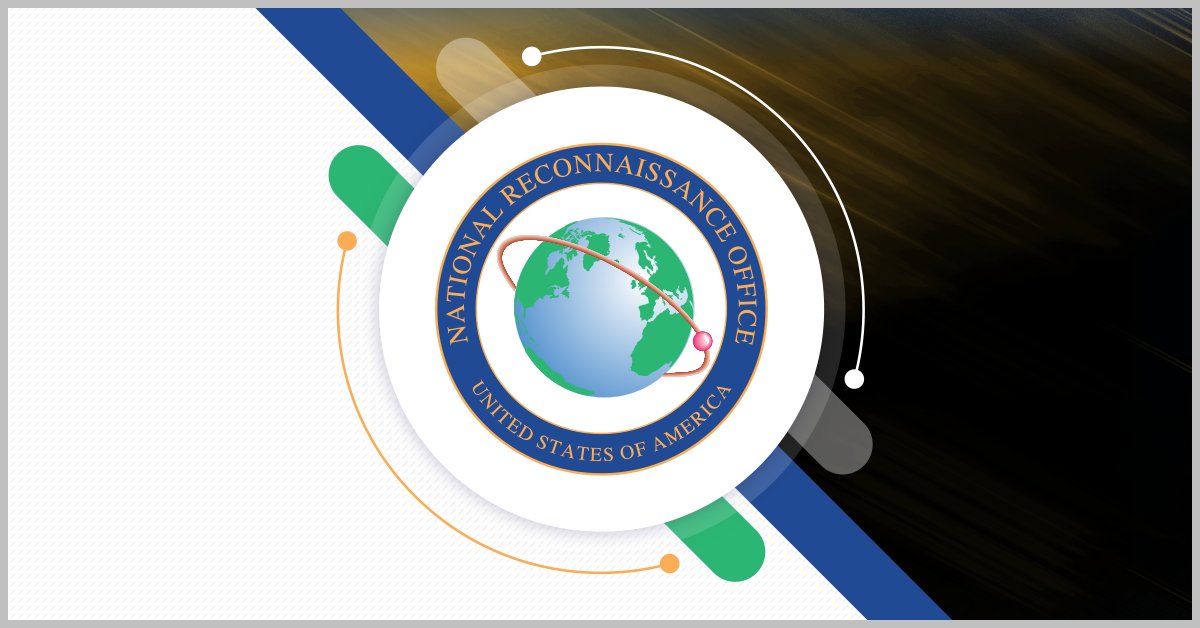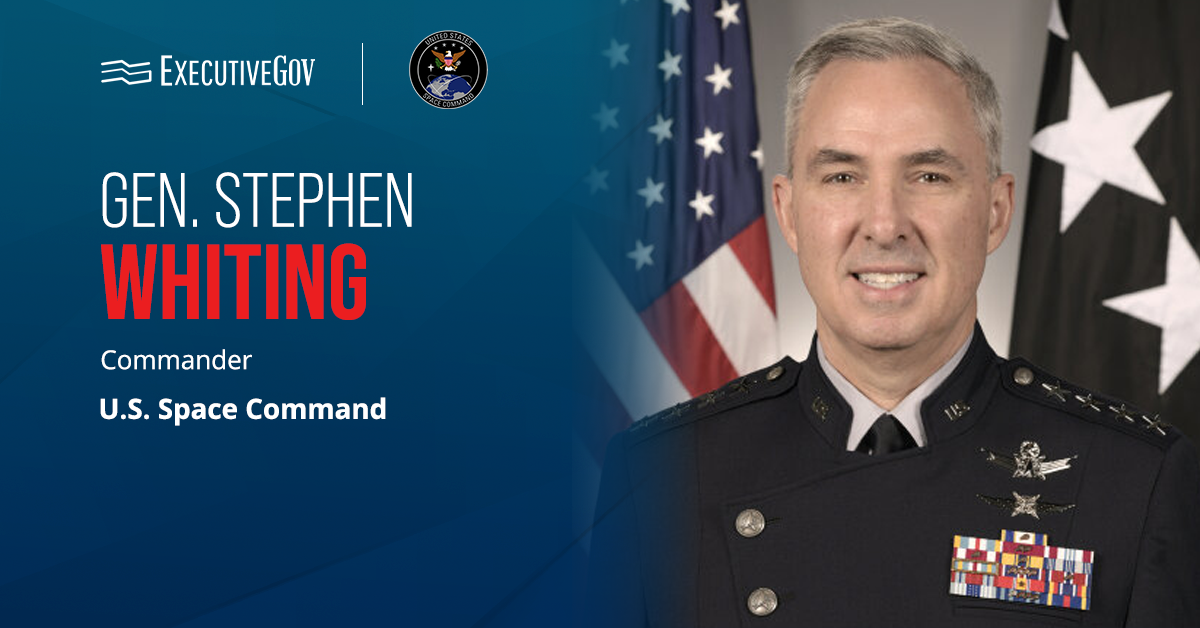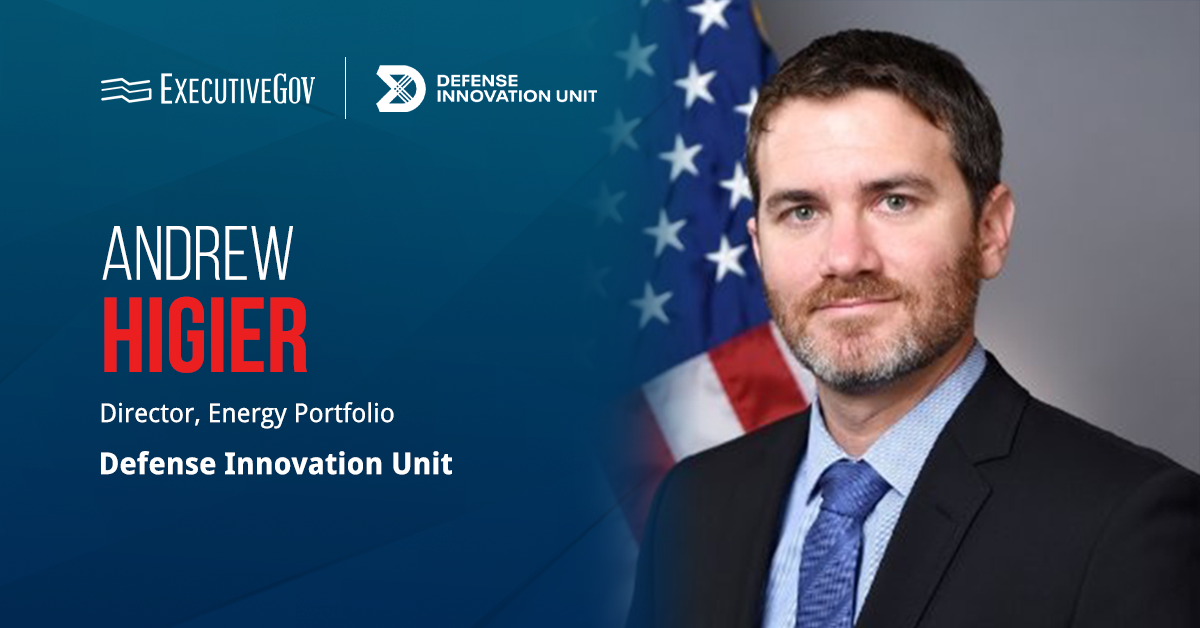Digital interoperability is key to helping DLA achieve decision advantage on the battlefield and maintain a responsive and secure logistics network that backs military operations worldwide, accoridng to a pair of Defense Logistics Agency leaders.
Table of Contents
Advancing Defense Supply Chain Resilience
In a white paper published in the January issue of National Defense Magazine, DLA Director Lt. Gen. Mark Simerly and CIO Adarryl Roberts said digital interoperability could help improve the resilience of the defense supply chain by providing DLA with real-time visibility of shipping statuses and inventory levels. This would enable the agency to better respond to such disruptions while mitigating risks to mission-critical operations.
Leveraging Analytics to Achieve Digital Interoperability
In the paper, Roberts and Simerly highlighted the role of analytics in achieving digital interoperability. The two officials cited the use of Enterprise Advanced Analytics, which they said provide a set of tools to ingest, analyze and visualize data to support warfighters.
“The vision is to have best-in-class analytics support by delivering the infrastructure and capabilities that seek, govern, transform and capitalize on enterprise data, data analytics and data visualization,” they said. This should “(Improve) DLA’s operations and warfighter support.”
Enhancing Cybersecurity
The duo noted that digital interoperability improves cybersecurity by reducing security vulnerabilities across the supply chain.
“Standardized protocols and cybersecurity measures help protect sensitive information and ensure the integrity of defense logistics operations, providing a unified security posture with improved threat detection and response,” Simerly and Roberts wrote.
Join the Potomac Officers Club’s 2025 Digital Transformation Summit on April 24. Listen to experts discuss how emerging technologies and the latest tech advancements are reshaping government operations. Register now!












